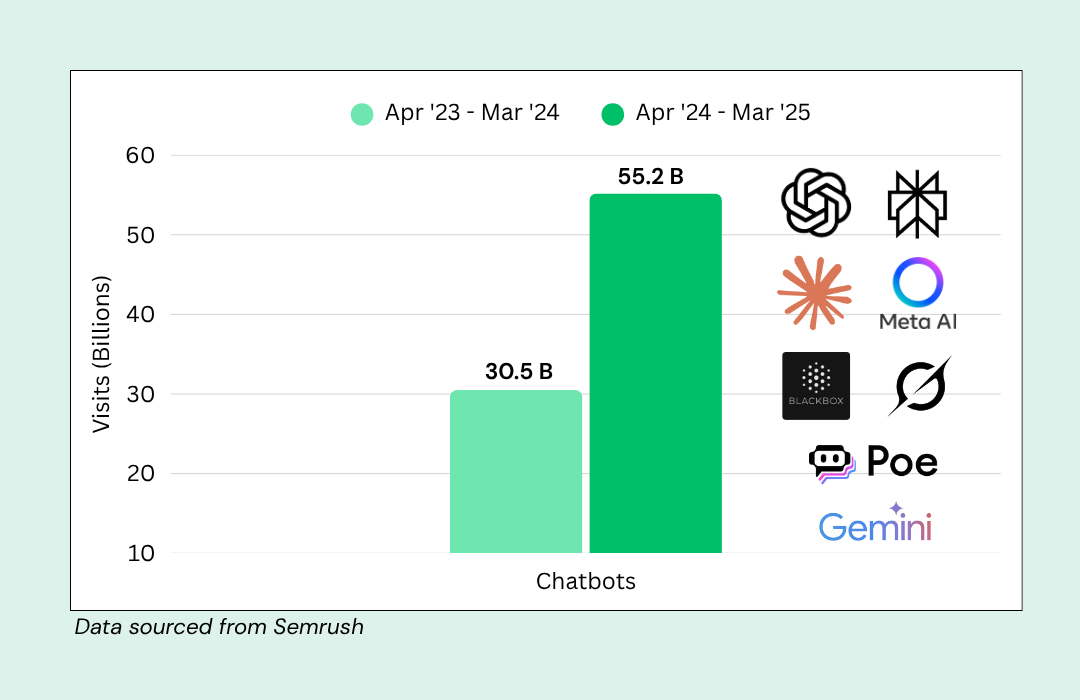Sales is challenging and there is no doubt about that. Getting that consistent grind on day after day is not an easy task. One of the biggest challenges companies face is having their sales team remain motivated. There has been a lot of buzz in the market on sales coaching, mentoring, and training. But the key aspect many companies miss is the process, especially the smaller ones who just want their sales rep to hit the gas on random sales outreach. They don’t care; they just want results by bogging down their reps with too many tasks to handle.
It’s something like… “Here is your Ideal customer profile, and here is a list of prospects (which, by the way, is a 6-month-old list) and now go out there and win it for us.” Really? Do you think that’s going to work? Absolutely, not my friend.
I am talking specifically about the Sales Development Reps here, the vanguards of your sales pipeline (at least the Cold leads) who are there in front fighting your battle. But to win the war you need to have it all organized. What do you want to be? A Warlord or Alexander?
An SDR’s job is to prospect and be efficient while passing on the qualified leads to account executives for closure. Research shows on average an experienced SDR makes close to 60-80 dials/outreach in a day. But there are a lot of other factors that come into play here. Do they find their own leads for prospecting? Are they hunting leads on their own? Or do they have a dedicated data research team that feeds them those leads? At what stage of maturity is the company? What if the SDR’s are not fully ramped up?
I believe there are two to three sales development models that companies, big or small, follow when it comes to finding and approaching cold leads.
Scenario 1: Sales development process where SDR’s find their own leads for prospecting
- Suitable for teams with fully ramped up Sales reps with a good understanding of the Product/Service
- Works best with each Sales rep having access to a data subscription platform e.g Zoominfo, DiscoverOrg, Hoovers etc.
- Prospects with social triggers can come into the sales pipeline early on in the buying cycle
- Sales Reps will hardly face scenarios where the prospect has left the account or organization or the case where emails are bad
Scenario 2: Sales Development Process with a dedicated Data Research team with a solid understanding of your ideal customer profile
- Suitable for teams without fully ramped up SDR’s where the product understanding is still not at the optimal level.
- Sales reps can focus on honing their prospecting techniques, getting their sales pitch perfect, and not worrying about finding the right accounts.
- As the set of ideal prospects is fed to them, they can now focus on converting them into leads by putting them into a follow-up sequence in their sales rep tools instead of spending time hunting for accounts that are still not prepped to them.
- Sales Reps might face some issues with the data where the prospects supplied to them have left the company and moved on. (Old/Stale leads)
Scenario 3: A mix of a dedicated research team and SDR’s hunting new leads
- The ideal scenario where SDR’s start to reach their full potential
- Sales reps become more efficient as they grow, and with a list of already qualified accounts they can fast track sales development.
- With a mixed approach of having a set of accounts ready, they can run defined sales campaigns so that they don’t miss follow-ups and simultaneously look for active social triggers.
I still believe having a dedicated team works out well compared to just providing database tools to SDR’s. Unloading too much on your Sales reps will hurt both the rep and the company. Sales people hate manual tasks and as a Sales manager/Founder/Director-Sales you want them to close and sell more. So let them focus on selling while you make these other tasks happen for them.
Share your experiences with different approaches in the Comments section!







